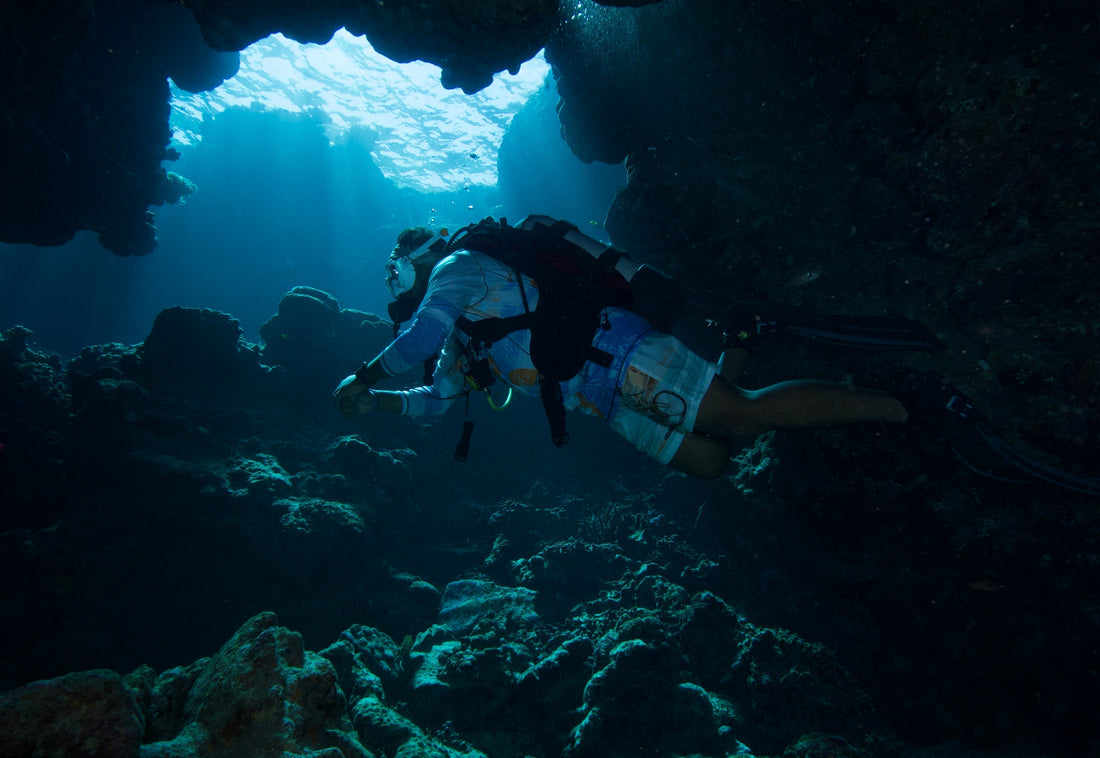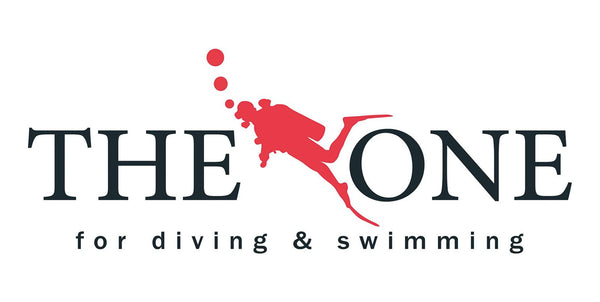
How to Improve Your Air Consumption While Diving
Share
Do you always end up using more air than your dive buddies? Do you want to match or even surpass them in air efficiency? It’s easier than you think—just follow these simple steps:
- Move Smoothly
- Think Calmly
- Breathe Slowly and Deeply
- Practice Neutral Buoyancy
Move Smoothly
Water is 800 times denser than air, making movement underwater much more challenging. Avoid unnecessary exertion by moving slowly and fluidly. Choose flexible, well-fitted fins, and ensure your gear is properly secured. Avoid carrying excess weight, as it forces you to compensate by inflating your BCD, increasing drag and resistance.
Think Calmly
Your mind is a powerful tool—use it to stay relaxed. Instead of worrying about air consumption, focus on the beauty around you. Wearing a hood helps maintain body temperature, and gloves can enhance comfort and security. A relaxed state of mind contributes significantly to efficient breathing.
Breathe Slowly and Deeply
Oxygen is essential for life, and when its levels drop, your body craves more. Many divers make the mistake of shallow, rapid breathing or even holding their breath, believing it will conserve air. However, this technique is counterproductive.
- Shallow Breathing: Taking short, quick breaths traps a small amount of oxygen in your body, which quickly turns into carbon dioxide. This buildup signals your brain to breathe again sooner, increasing your overall air consumption.
- Proper Breathing: Inhale deeply and slowly through your mouth, pause briefly without closing your airway, then exhale gradually until your lungs are empty. Repeat this cycle consistently, and you’ll notice a significant improvement in your air efficiency.
Practice Neutral Buoyancy
Mastering neutral buoyancy requires practice, but the benefits are well worth the effort. Ideally, you should be able to maintain a perfectly level position throughout your dive. For example, during a safety stop with approximately 500 psi (50 bar) remaining in your tank, you should stay at a consistent depth for the full three minutes. If you find yourself struggling to hold your position due to improper weighting, your air consumption will suffer. To refine your skills, consider taking the PADI Peak Performance Buoyancy Specialty course
You can practice this breathing technique anywhere—at work, at home, or even while relaxing. With time and consistency, you'll master it and enjoy longer, more comfortable dives.
PADI Course Director
Ali H. Abbas
Happy diving! 🌊🐠



